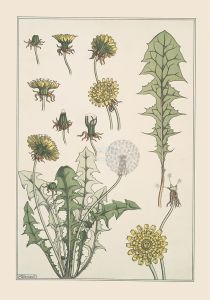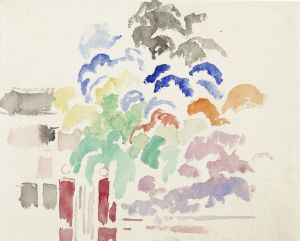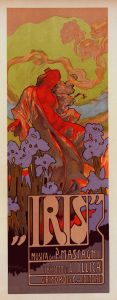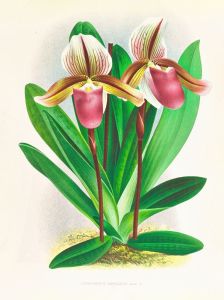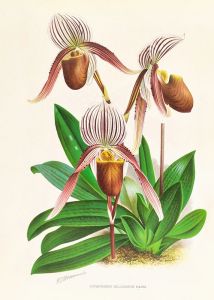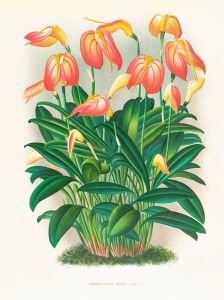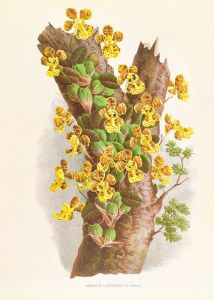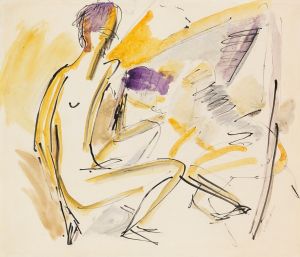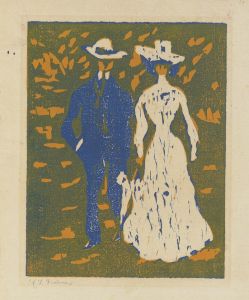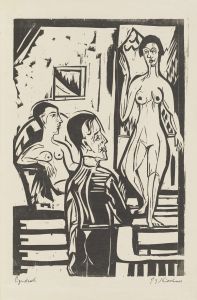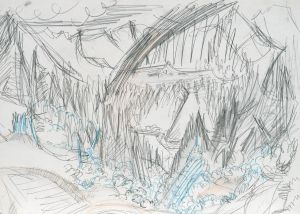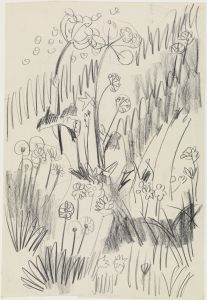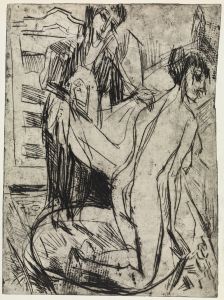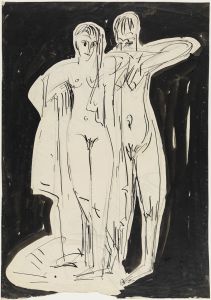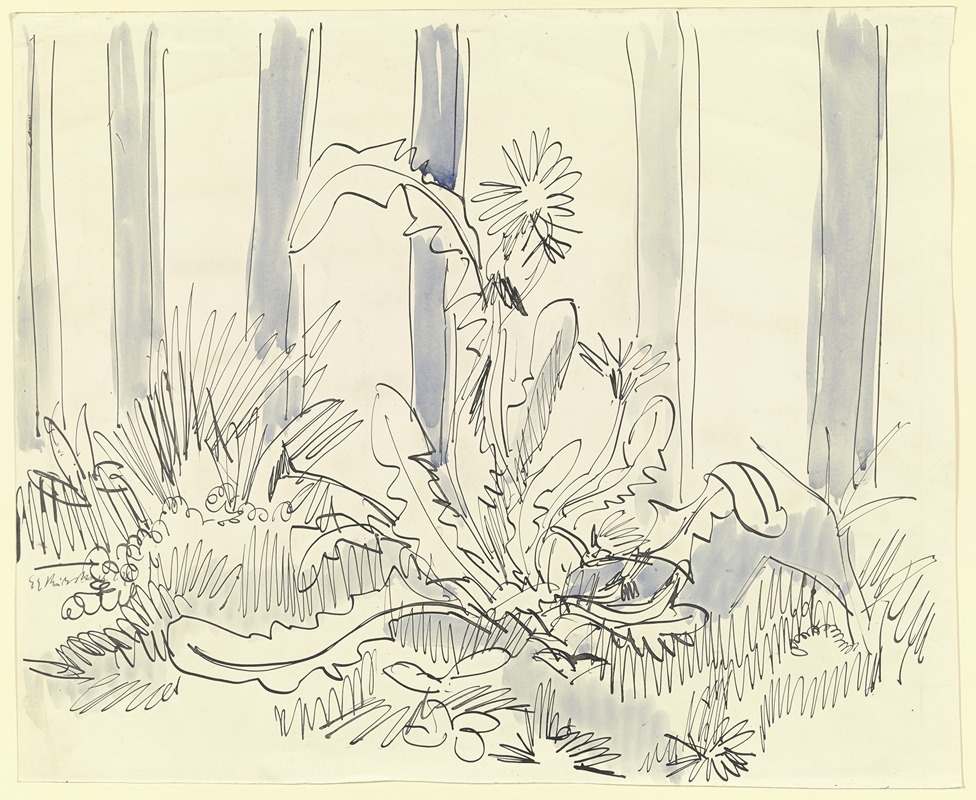
Dandelion at the garden fence
A hand-painted replica of Ernst Ludwig Kirchner’s masterpiece Dandelion at the garden fence, meticulously crafted by professional artists to capture the true essence of the original. Each piece is created with museum-quality canvas and rare mineral pigments, carefully painted by experienced artists with delicate brushstrokes and rich, layered colors to perfectly recreate the texture of the original artwork. Unlike machine-printed reproductions, this hand-painted version brings the painting to life, infused with the artist’s emotions and skill in every stroke. Whether for personal collection or home decoration, it instantly elevates the artistic atmosphere of any space.
Ernst Ludwig Kirchner was a prominent German expressionist painter and one of the founding members of the art group Die Brücke (The Bridge), which played a pivotal role in the development of modern art in the early 20th century. Kirchner's work is characterized by its bold colors, dynamic compositions, and emotive intensity, often reflecting the anxieties and tensions of the modern world.
"Dandelion at the Garden Fence" is one of Kirchner's lesser-known works, and unfortunately, there is limited information available about this specific painting. Kirchner's oeuvre often explored themes of urban life, nature, and the human figure, frequently employing a vivid palette and expressive brushwork. His style was influenced by various sources, including African and Oceanic art, as well as the works of Vincent van Gogh and Edvard Munch.
Kirchner's artistic journey was deeply intertwined with the socio-political context of his time. Born in 1880 in Aschaffenburg, Germany, he studied architecture in Dresden before fully committing to painting. In 1905, he co-founded Die Brücke with fellow artists Fritz Bleyl, Erich Heckel, and Karl Schmidt-Rottluff. The group sought to create a new artistic language that bridged the past with the present, emphasizing emotional experience over realistic representation.
Throughout his career, Kirchner's work evolved, reflecting his personal experiences and the tumultuous events of the early 20th century. His early works often depicted the vibrant energy of city life, capturing scenes of Berlin's streets, cabarets, and nightlife. However, his style underwent significant changes following his experiences during World War I and his subsequent struggles with mental health.
In 1917, Kirchner moved to Switzerland, seeking solace and recovery in the serene landscapes of the Swiss Alps. This period marked a shift in his work, as he began to focus more on natural scenes and rural life, incorporating elements of the surrounding environment into his compositions. It is possible that "Dandelion at the Garden Fence" was created during this time, reflecting Kirchner's interest in nature and his exploration of new themes and motifs.
Kirchner's legacy is marked by his significant contributions to the expressionist movement and his influence on subsequent generations of artists. Despite facing personal challenges and the impact of political turmoil, his work remains celebrated for its innovative approach and emotional depth. Kirchner's paintings continue to be exhibited in major museums and galleries worldwide, offering insight into the complexities of early 20th-century art and the enduring power of expressionism.
While specific details about "Dandelion at the Garden Fence" are scarce, the painting can be appreciated within the broader context of Kirchner's artistic achievements and his exploration of color, form, and emotion. His work invites viewers to engage with the world through a lens of heightened perception, challenging conventional boundaries and celebrating the transformative potential of art.





